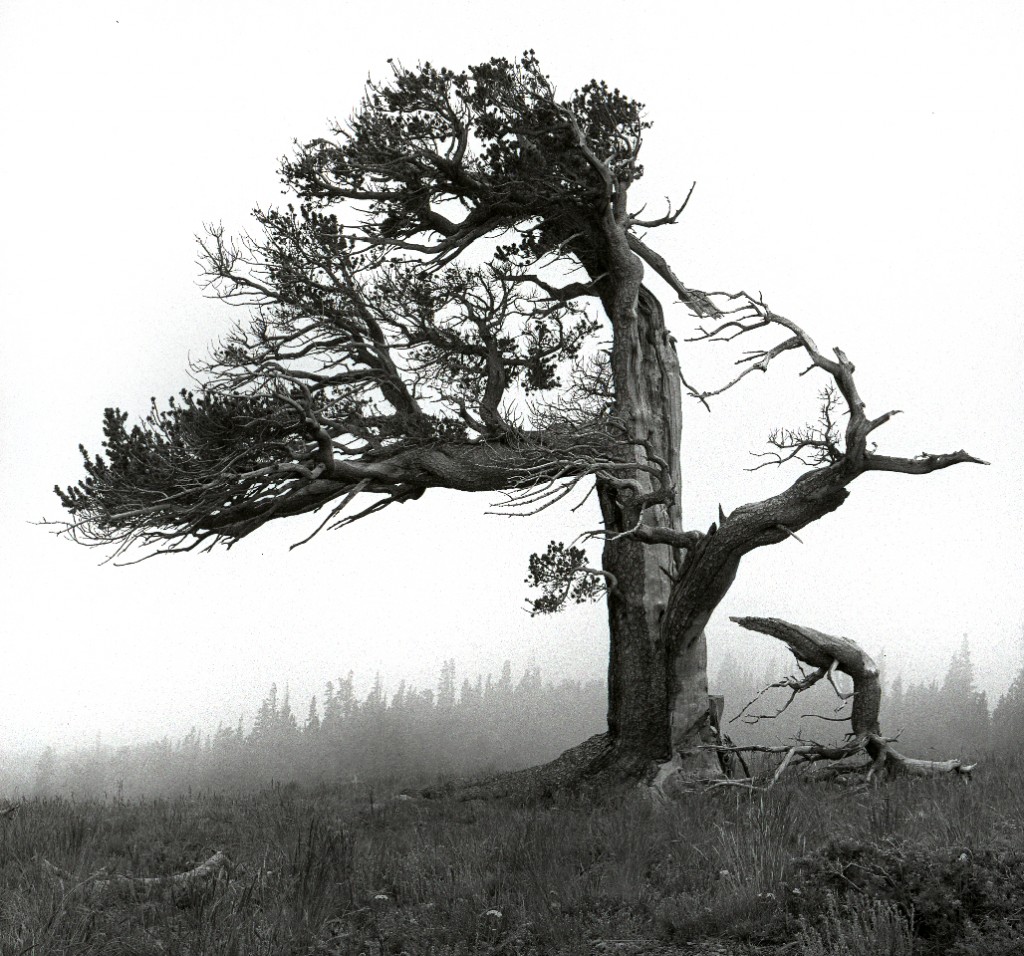Before his death, Bill Meriwether’s images captured some of the West’s most beautiful places.
By David Frey
The last thing Bill Meriwether wanted before his death last spring was a retrospective of his life behind the camera. He nearly got his wish.
The retrospective came – a gallery full of his stunning nature photography taken in some of the West’s most beautiful landscapes. But Meriwether never saw it. He died just days before the exhibition opened.
“Original art has a life of its own, which is not a trite statement,” Meriwether said to me just days before his death, his speech slowed by exhaustion and medication. “An original work of art will live on in its current form for perhaps tens of thousands of years. It’s all I think about. It’s the only thing that matters to me. The only thing that matters is when I’m dead and gone, my work is out there enjoying a life of its own and being appreciated for that fact.”
That wish came true. Meriwether, of Glenwood Springs, Colo., never achieved fame for his photos, but those who knew him knew the secret artist at work. At the end of his life, he took solace in two things: that his death would end years of pain inflicted by disease, chemotherapy and stem cell treatments, and that his body of work, from over four decades of photography, would outlive him.
Meriwether’s love of nature came from his upbringing – one as starkly black and white as his photos. His mother lived in Los Angeles. His father was a former trapper, as late as the 1920s, roaming the wilds of the Flat Tops north of Glenwood Springs. Meriwether went back and forth.
“I spent my summers stepping on columbines up here and I spent my school years miserable in LA,” he said.
At just 6 months old, Meriwether said, his father was hauling him in a backpack on snowshoe treks through the wilderness.
“He imparted, he inculcated, he filled me up with just a complete adoration of the natural world,” he said.
As a young man, he traveled throughout the Southwest, exploring its landscapes and its cultures and teaching himself photography along the way by studying the works of masters like Ansel Adams and Edward Weston before getting a master’s in fine art at Adams State College in Alamosa. He fell in love with black-and-white photography for its emphasis on composition over splashy colors, he said, and he found in abstract design a way of “dealing with the infinite.”
He fell in love with platinum prints, a 19th century form of photography; gelatin silver prints, and ultimately, digital photography, which he said created better images to anything he created on film.
By the end of his life at 65, dealing with the infinite has become more personal. In 2004, Meriwether collapsed in his bedroom after complaining for months about back pain. He was paralyzed from his chest down, and soon was diagnosed with bone cancer in his spine. Three of his vertebrae had dissolved. Surgery and physical therapy allowed him to gradually regain his ability to walk, although he still uses a cane. Three years of chemotherapy weakened him, but failed to reverse the cancer. Stem cell treatment, even more painful, helped, but couldn’t spare him.
He never lost his love for photography. Until the end of his life, he kept a little point-and-shoot in his pocket, even if just to capture the fresh-cut flowers his wife Bobbie put on the table to liven otherwise difficult days.
By the end of his life, a short walk to answer the door could leave him exhausted. An oxygen machine helped him breathe. His legs were inflamed, chapped and bleeding from diabetes.
His love of art and nature, and the care of his wife Bobbie are the “three things that have gotten me through life,” Meriwether said, wiping away tears.
“I’m definitely an artist,” Meriwether said. “I’m definitely a photographer. I have no regrets about my chosen careers. I don’t have any regrets I can name.”



